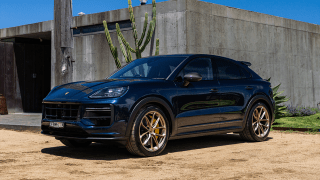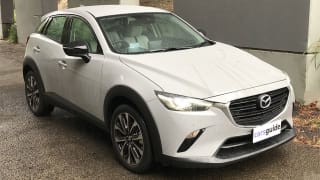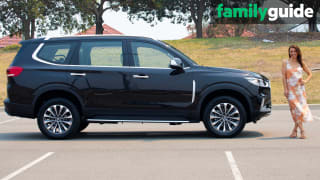Using the 36.4km a day average as a benchmark, this means you would be required to charge your Eclipse Cross Plug-in Hybrid each night to ensure you have a fully charged battery for the following day’s drive.
The good news is that fully charging an empty battery in the Eclipse Cross takes around seven hours when using a standard domestic 230/240V wall socket at home. That means you get home, plug in, and know that you’ll be fully charged long before your morning commute begins.
The charging time drops to just four hours when using a 230V/16A home wall-box charger or public AC charger, and drops even further if you’re using a DC fast charger, which can get your Eclipse Cross Plug-in Hybrid’s battery up to 80 per cent charged after a mere 25 minutes.
While around 80 per cent of people will charge their vehicle at home by connecting it to a 230/240V power outlet or a wall-box charger, it’s reassuring to know that Australia’s infrastructure of public charging stations is continuing to grow, along with the EV market.
Currently there are more than 2500 public charging stations in Australia, with more on the way, and these range from free AC chargers to DC fast chargers that usually come with a fee (although some are free, like the NRMA’s network of fast chargers that come at no cost to members).
Still, the cost of using a charger is a steal compared to petrol prices: Australia’s Electric Vehicle Council estimates that the average cost of fuel for an internal-combustion vehicle is $1.50 per litre, compared to a much cheaper 0.33c per litre for electric cars that are charged with a standard AC charger (if you’re charging your Plug-in Hybrid from a renewable-energy source like solar power, however, your charging cost goes down to a nice, clean zero).
Public DC fast chargers on average charge a fee of around 40 cents/kWh, meaning you could fully charge a Mitsubishi Eclipse Cross Plug-in Hybrid’s 13.8kWh battery for $5.52 (some fast chargers, however, will also charge a fee per minute of use).













Comments